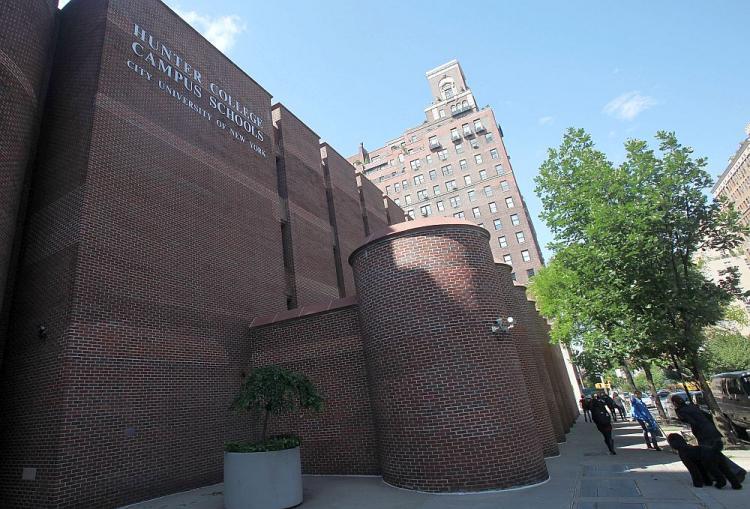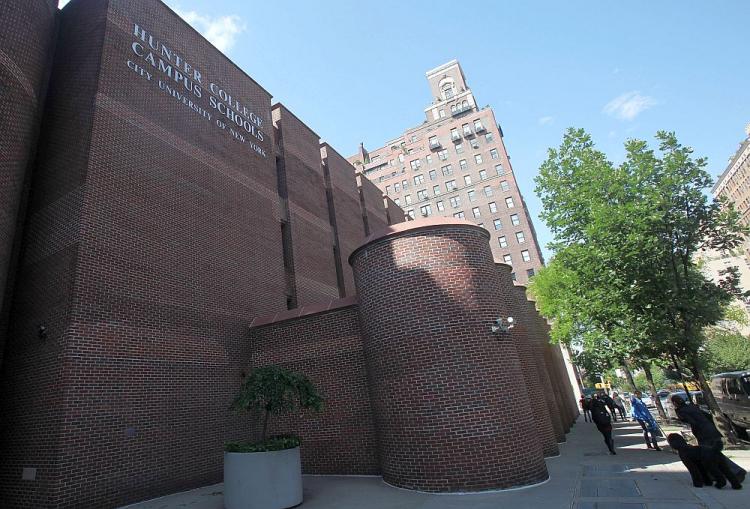As costs of higher education continue to soar, sources of student aid have become increasingly dependent on support from the federal government to help pay for higher education. According to the College Board’s annual Trends in College Pricing report released last week, costs continue to go up.
The average in-state tuition costs for public four-year public colleges rose $555, almost 8 percent up for the 2010–2011 academic year, to $7,605, according to the College Board report. The average tuition cost for private nonprofit colleges increased 4.5 percent to $27,293 per student.
This increase in college costs is moving faster than the rate of inflation. The average total expenses including tuition and living expenses increased this year by 6.1 percent for public colleges and 4.3 percent for private colleges, compared to the recent 1.1 percent rise in the Consumer Price Index, the indicator of inflation.
As college costs continue on an upward trend, students and their families continue to look toward grants and loans especially those offered by the federal government and academic institutions.
“Of continued good news is the record amount of financial aid available to students and families, which has allowed more than $10 billion in additional federal grant aid to reach nearly 8 million students this academic year,” said Molly Corbett Broad, president of the American Council on Education, in a statement.
Over the past decade, federal support in terms of totaled grants given to students has nearly quadrupled from $13.13 million to $41.32 million while total federal loans offered have more than doubled.
The report shows that almost 75 percent of student aid comes from the federal government. This figure is an increase from the previous years, which hovered near 65 to 70 percent.
The top source of federal aid takes the form of federal loans, which make up $96.8 billion or 49 percent of total aid. Although federal loans are mostly subsidized and offered at interest rate below the market level, they must still be repaid. Therefore as student financial packages increase to enable students to attend college, so too does student debt.
Institutional grants provided by the federal government makes up 17 percent of total aid, less than half of the aid provided by loans. According to the report, undergraduate students received an average financial aid package of $11,461 per student including $6,041 in grant aid and $4,883 in federal loans.
As aid from the federal government is on the rise, support from nonfederal sources like employer grants and nonfederal loans have fallen by 9.8 percent and 22 percent respectively. Nonfederal institutions also affected by current economic trends are cutting back their support, and families are choosing federal loans with lower interest rates over private commercial loans.
The report also found that the recent trends have provided more aid to low-income students who qualify for Pell Grants, the average of which has increased to $3,646 last year. Approximately 7.7 million students received a Pell Grant last year, up 1.5 from two years prior.
Although students can apply for financial aid through the commonly used FAFSA (Free Application for Federal Student Aid), support can also come as increased tax benefits to families.
Hope and Lifetime Learning Tax Credits provided about $1,000 for 5.2 million students and their families, costing the federal government $5.3 billion. The American Opportunity Credit offered to families with higher adjusted incomes of $160,000 is an alternative benefit.
Other reductions include the deduction for interest paid on student loans and federal tuition and fee tax reduction, which reduced about $500 per family.
“Just when Americans need college the most, many are finding it increasingly difficult to afford,” said Broad.
The average in-state tuition costs for public four-year public colleges rose $555, almost 8 percent up for the 2010–2011 academic year, to $7,605, according to the College Board report. The average tuition cost for private nonprofit colleges increased 4.5 percent to $27,293 per student.
This increase in college costs is moving faster than the rate of inflation. The average total expenses including tuition and living expenses increased this year by 6.1 percent for public colleges and 4.3 percent for private colleges, compared to the recent 1.1 percent rise in the Consumer Price Index, the indicator of inflation.
As college costs continue on an upward trend, students and their families continue to look toward grants and loans especially those offered by the federal government and academic institutions.
“Of continued good news is the record amount of financial aid available to students and families, which has allowed more than $10 billion in additional federal grant aid to reach nearly 8 million students this academic year,” said Molly Corbett Broad, president of the American Council on Education, in a statement.
Over the past decade, federal support in terms of totaled grants given to students has nearly quadrupled from $13.13 million to $41.32 million while total federal loans offered have more than doubled.
The report shows that almost 75 percent of student aid comes from the federal government. This figure is an increase from the previous years, which hovered near 65 to 70 percent.
The top source of federal aid takes the form of federal loans, which make up $96.8 billion or 49 percent of total aid. Although federal loans are mostly subsidized and offered at interest rate below the market level, they must still be repaid. Therefore as student financial packages increase to enable students to attend college, so too does student debt.
Institutional grants provided by the federal government makes up 17 percent of total aid, less than half of the aid provided by loans. According to the report, undergraduate students received an average financial aid package of $11,461 per student including $6,041 in grant aid and $4,883 in federal loans.
As aid from the federal government is on the rise, support from nonfederal sources like employer grants and nonfederal loans have fallen by 9.8 percent and 22 percent respectively. Nonfederal institutions also affected by current economic trends are cutting back their support, and families are choosing federal loans with lower interest rates over private commercial loans.
The report also found that the recent trends have provided more aid to low-income students who qualify for Pell Grants, the average of which has increased to $3,646 last year. Approximately 7.7 million students received a Pell Grant last year, up 1.5 from two years prior.
Although students can apply for financial aid through the commonly used FAFSA (Free Application for Federal Student Aid), support can also come as increased tax benefits to families.
Hope and Lifetime Learning Tax Credits provided about $1,000 for 5.2 million students and their families, costing the federal government $5.3 billion. The American Opportunity Credit offered to families with higher adjusted incomes of $160,000 is an alternative benefit.
Other reductions include the deduction for interest paid on student loans and federal tuition and fee tax reduction, which reduced about $500 per family.
“Just when Americans need college the most, many are finding it increasingly difficult to afford,” said Broad.




